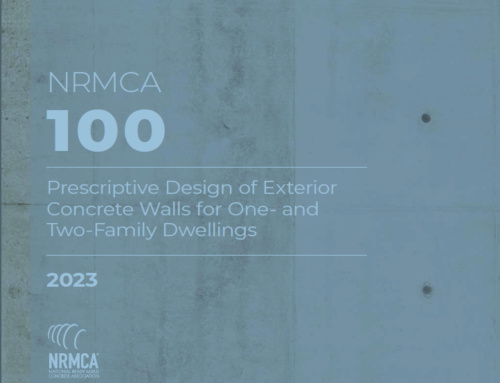Over the past several years, dramatic increases in lumber costs have left the construction industry looking to other building material alternatives, such as insulated concrete forms (ICFs), in place of traditional wood-frame construction.
ICFs are a building system that uses Expanded Polystyrene (EPS) foam blocks that stack together to act as a hollow wall with ready-mix concrete poured in between to build reinforced concrete walls. (Go back to the basics in this blog post “ICF Construction: An Introductory Guide to ICFs for Designers and Architects”) This level of air-tight construction gives ICFs their reputation as an ideal alternative to traditional stick-built or wood-frame construction, but there are also many other benefits that outshine wood framing and insulation. Let’s take a look at the differences between insulated concrete forms and wood-frames to learn how ICFs offer a higher level of comfort, health, safety, energy efficiency and eco-friendly benefits.
How ICFs Outperform Wood
There are a growing number of business owners and journeyman carpenters who are avid supporters of using alternative building methods like ICF over wood framing. My company, Up To Kode — a full-service carpentry, contracting and consulting company — prefer ICFs to all other framing alternatives.
Our team specializes in building custom homes using ICF. As I noted in one of our YouTube videos, ICF walls offer “all the strengths we could possibly need. I don’t have to lose sleep at night wondering if that wood beam is going to creep down…and I don’t lose an ounce of insulation value. I don’t have any thermal bridging, I have continuous insulation, and I have attachment inside and out.” Plus, for the architect, any design element is possible.
Continue reading here for six of the most important reasons way that ICF construction outperforms wood framing.












